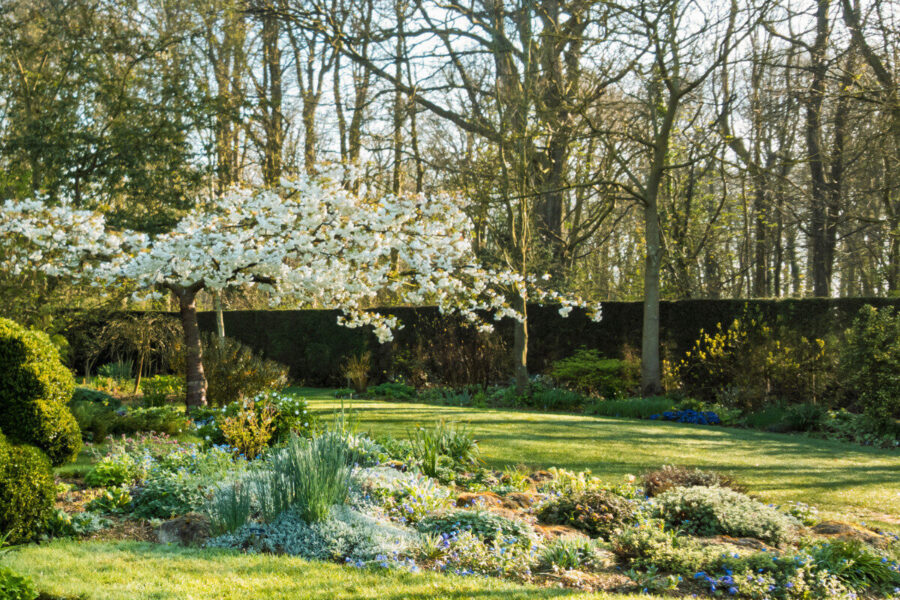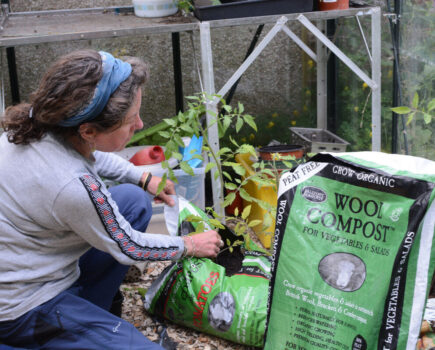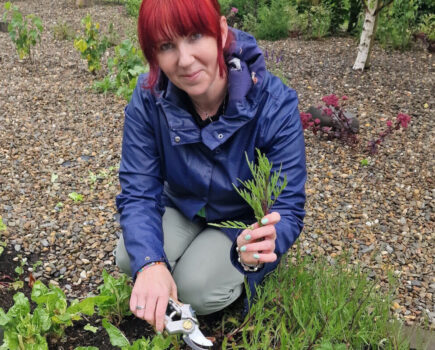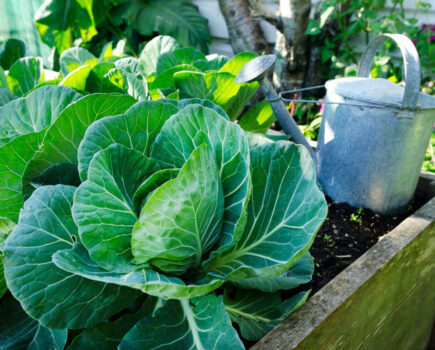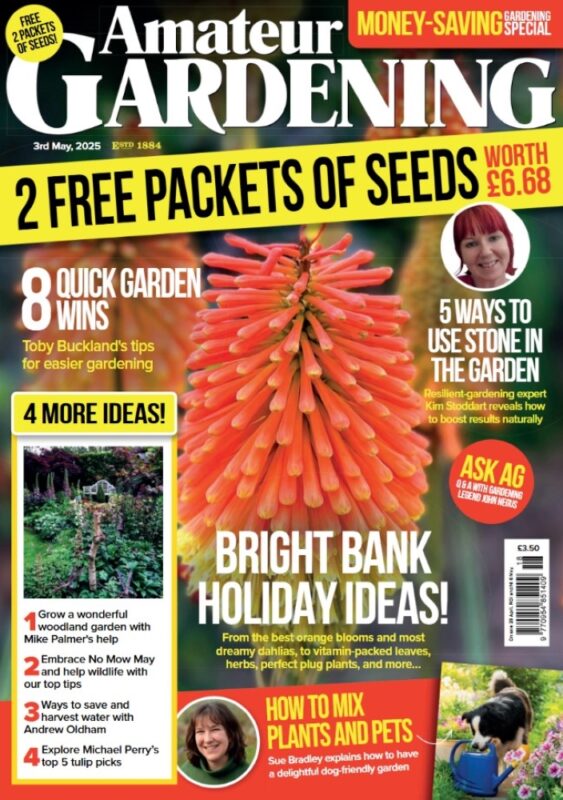Nick Hamilton from Barnsdale Gardens reveals how to use alpines for year round interest
Alpines work very well in a compact space. Most of this range of plants are on the smaller size, primarily due to the mountainous environments they come from, but don’t be fooled as you don’t just have to stick to plants that originate from a higher altitude.
Just as with larger gardens, these small alpine features very often benefit enormously from variation in height, as well as varying interest periods. Therefore, it is important to plan well for your alpine feature in order to get the visual element right, as well as a long period of interest.
There is no question that an awful lot of alpines flower in the spring, but there are also many that will carry that season on, not just with flowers but foliage and structure too.
The most important thing to be sure of is that you are planting them into the right substrate, be that your own garden soil or compost bought from the garden centre.
Good drainage is essential
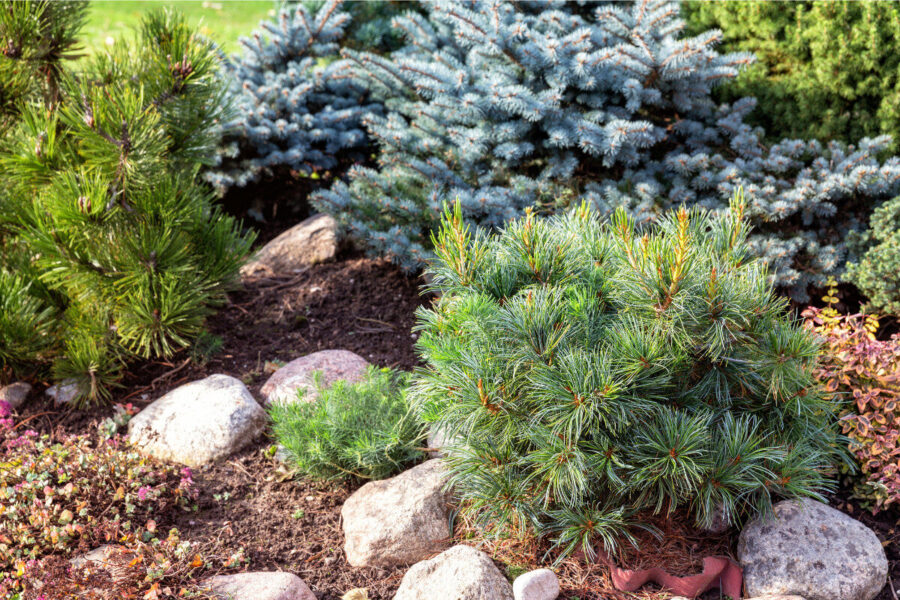
Virtually all plants that fit into this category need sharp drainage, so if you are buying a compost to plant into, it must be gritty and drain well. If you are planting into garden soil and it is dry and doesn’t sit wet, then it probably needs no improvement, but any soil that holds moisture would benefit from the addition of some coarse grit and garden compost to improve the drainage.
The art is to mimic the plants’ natural environment, or get as close to it as possible.
If you are using rocks to create your alpine feature, they should look natural, so don’t just plonk them on top of the soil; bury them so that only part is protruding above ground, as it would ‘in the wild’.
We have created a feature using my dad’s coir rock recipe, where we have made rocks that look like the protruding section, so we don’t need to bury them.
Our coir rocks are easy to make using the ratio of one part sharp sand to two parts coir and one part fresh cement. Dig a hole the size and shape you want your rock to be and line it with thick polythene before filling it with your mix.
Leave for a couple of days and then tip out. I like to give a light brush over with a wire brush to remove any smoothness before coating with natural yoghurt, which encourages algae and quickly gives the rocks a real aged feel.
It is a good idea to create pockets around the rocks that can then be filled with gritty soil and planted.
Suitable for containers and the soil
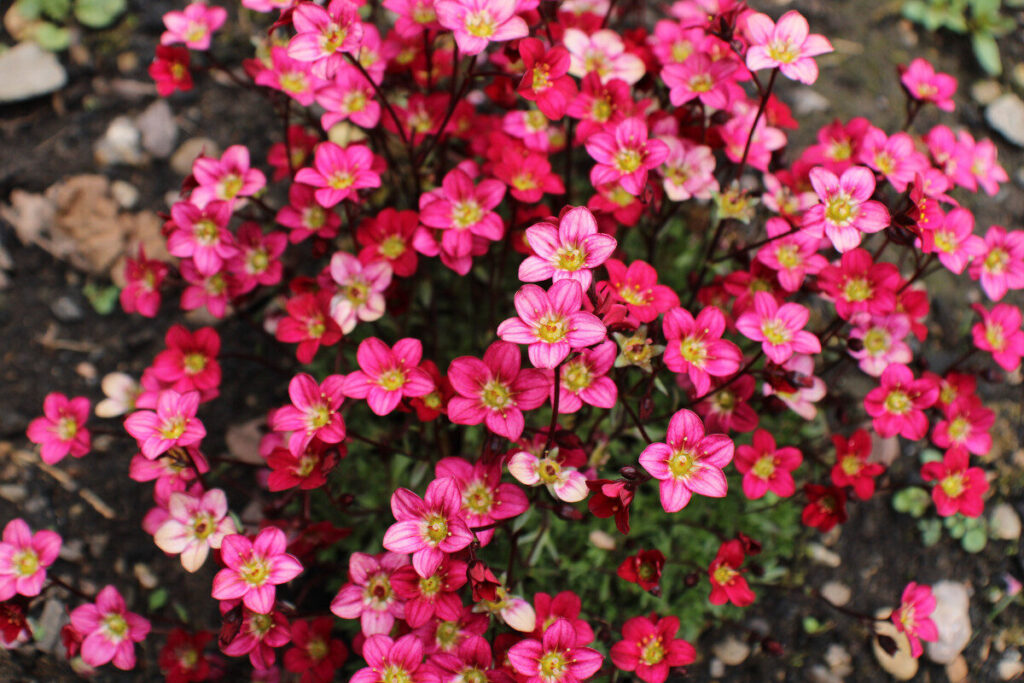
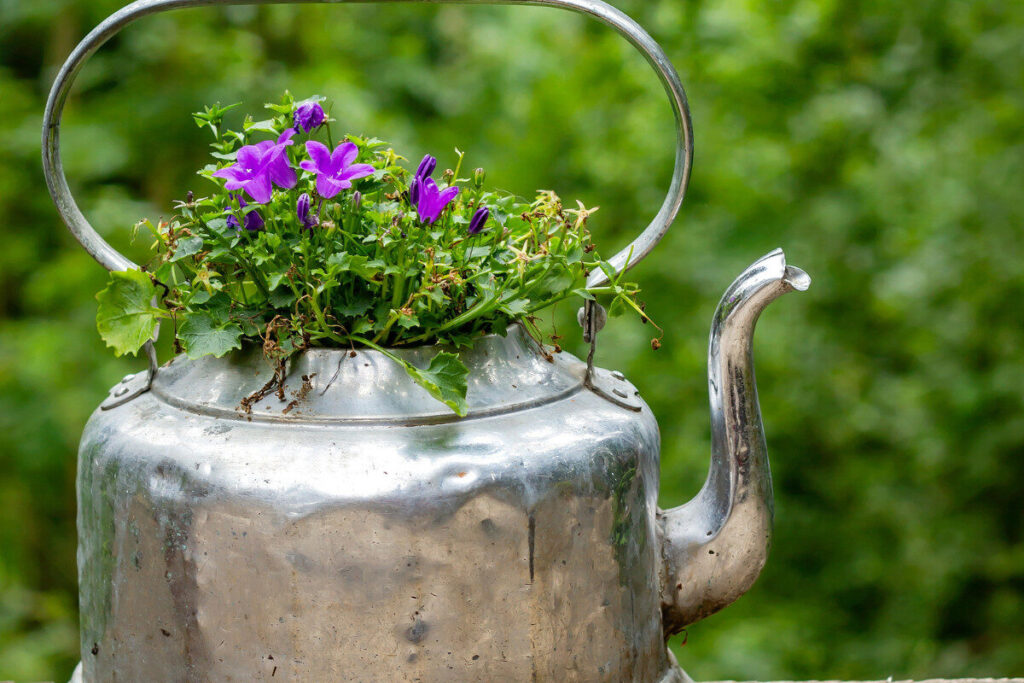
The beauty with alpines is that they are also well suited to containers, pots, old sinks and wheelbarrows, as well as homemade troughs or raised beds. The most important element is the drainage holes, so make sure that any water is able to drain away easily.
Fill with an appropriately gritty mix and plant up with plants such as pinks (Dianthus sp), saxifrage, whitlow grass (Draba sp), alpine sedum, arabis, houseleek (Sempervivum sp), redmaids (Calandrinia sp), alpine bellflower (Campanula alpina), pasqueflower (Pulsatilla sp), dwarf tulip, alpine geranium, Oxalis alpina, thyme, erodium, dodecatheon, sisyrinchium, Juniperus communis ‘Compressa’, red hook sedge (Uncinia rubra), fleabane (Erigeron sp), dwarf narcissi and grape hyacinth (Mascara sp).
All these are suitable for both containers and planting directly into garden soil.
A selection will give a good season of interest by choosing flowering, as well as evergreen plants.
I also find truly dwarf conifers work well in an alpine feature and give that all important height.
Being small, with compact plants, a rock garden lets you fit more plants into a small space, so don’t just restrict yourself to the alpine section, as any small plant that likes a well-drained soil will thrive.
Once planted, whether in a container or in the ground, I like to top dress with pea shingle as, for me, it gives a more authentic feel while also keeping the plant foliage looking pristine by holding it above any wet soil.
Find more tips, advice and articles like this at the Amateur Gardening website. Subscribe to Amateur Gardening magazine now

